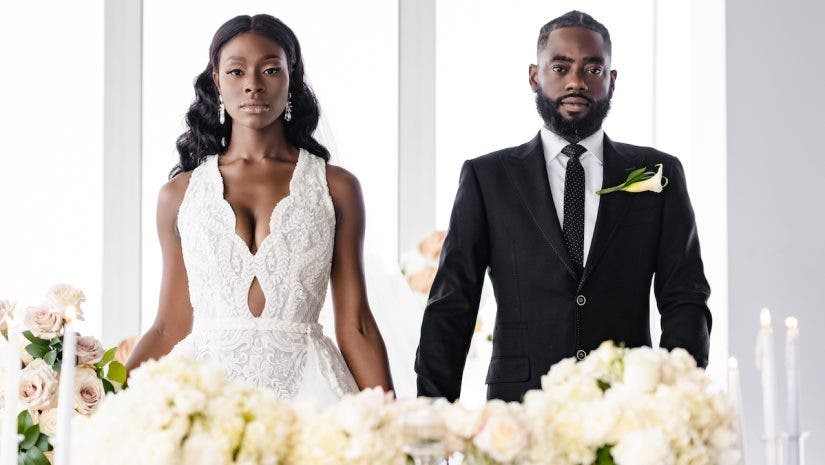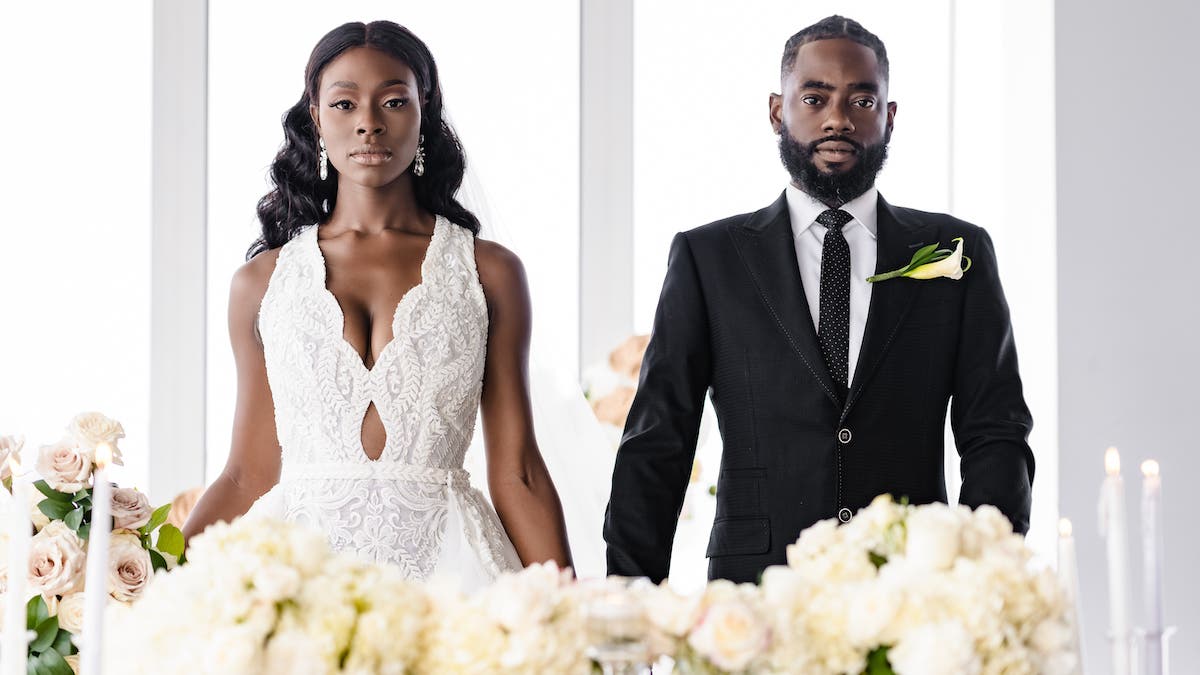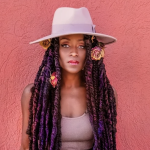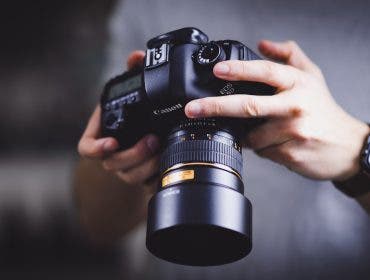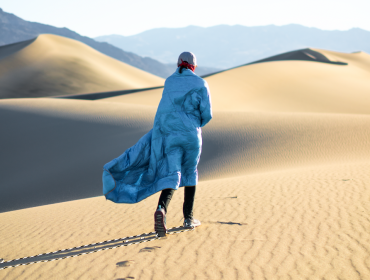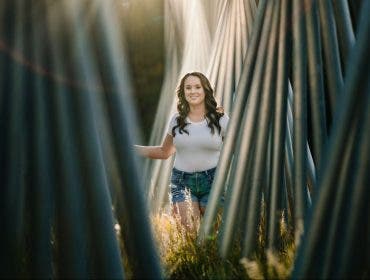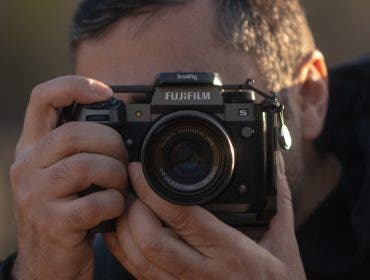Weddings are, for the most part, predictable. Traditions repeat across weddings and the events of the day are planned months in advance. Yet, with all the predictability of tradition and planning, no two weddings are ever the same.
Weddings are collaborative. The wedding day involves interdependent players, each doing their part to achieve a common goal — a successful wedding day results in beautiful visuals. Weddings also place the photographer in the unique position of producing photographs under a broad range of lighting conditions.
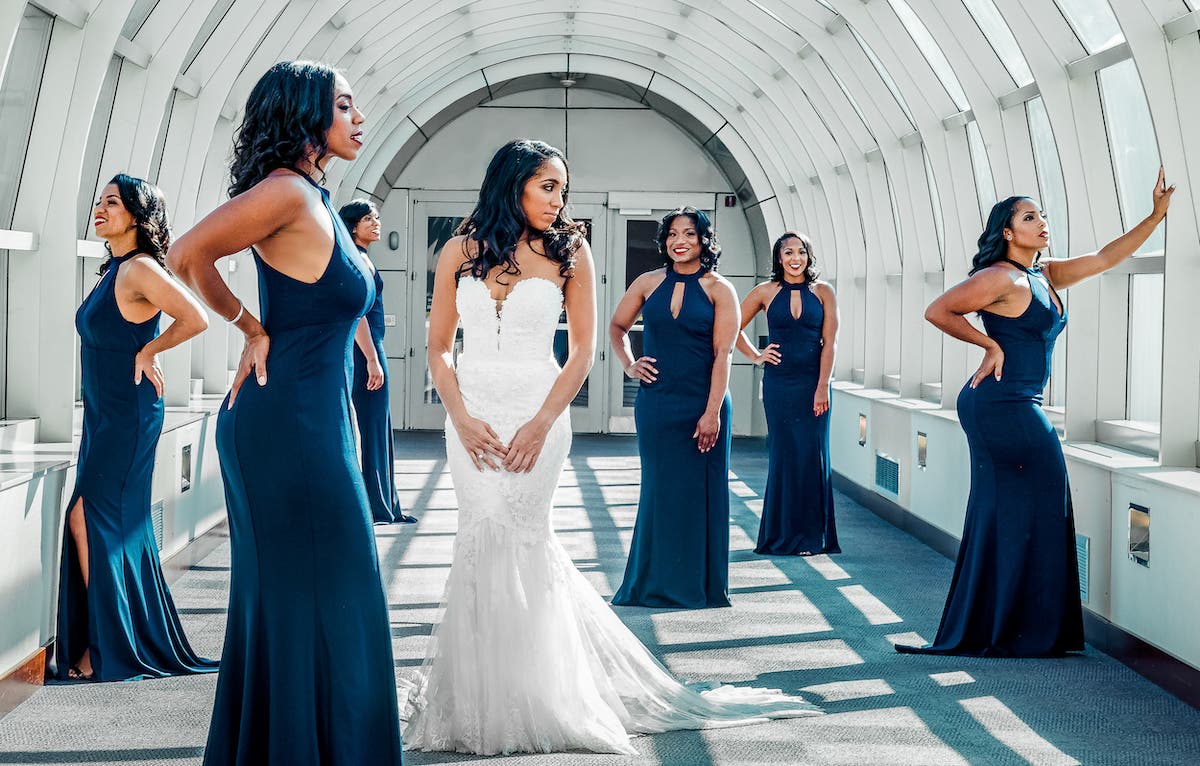
There are a host of other variables that can’t always be predicted. This, for example, includes the vibe of the people and the condition of the venue. A single wedding day can potentially involve a bright white space, a dark small space with no windows, outdoor midday sun, and a low-light ballroom with 20-foot ceilings. When it comes to lighting for wedding photography, you need to be prepared for anything and everything.
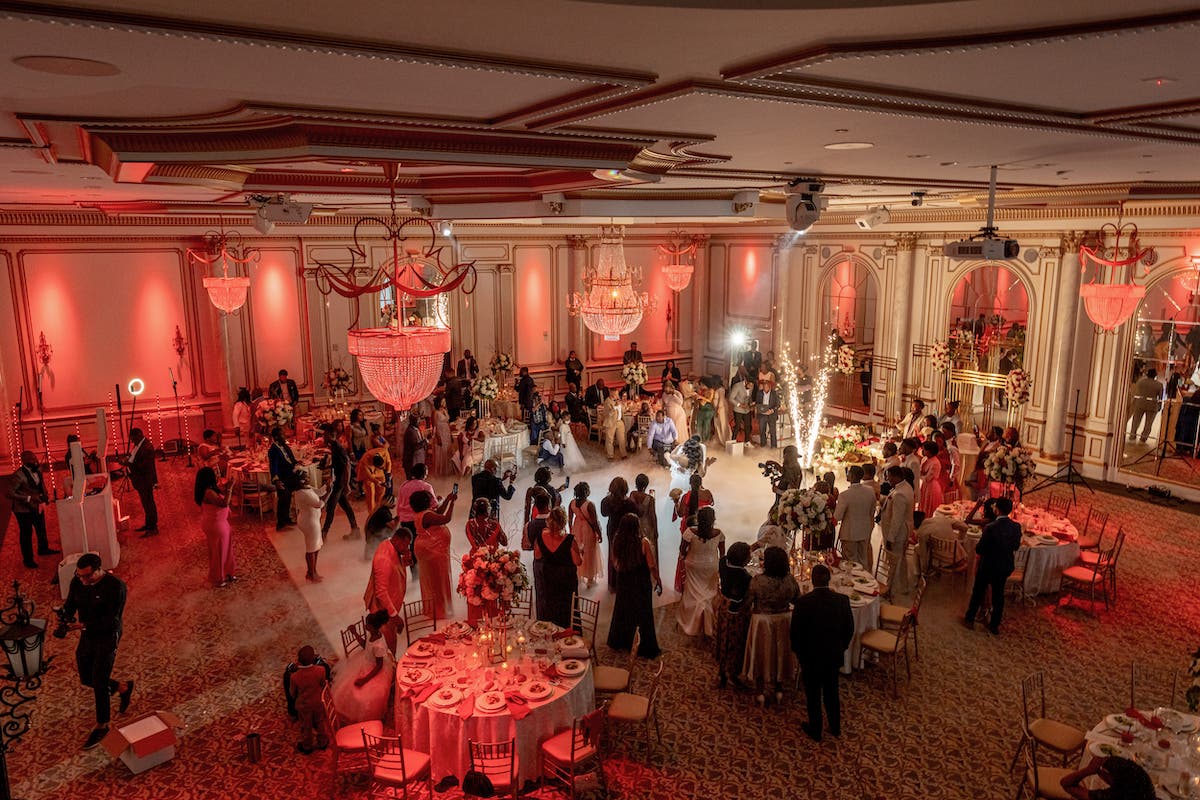
How to Start in Wedding Photography
Like many photographers, my journey in photography started as a hobby that evolved into more. A lawyer by profession, I did not enter the world of wedding photography with intent.
I would encourage photographers starting out to spend time holding lights and avoid the pitfalls of emulation. Novice photographers are sometimes inclined to emulate the work of their mentor or their favorite photographer. Photography is a fusion of art and technical execution. When it comes to being a great wedding photographer, you need to take a balanced approach between finding your voice to create your style and developing technical skills.
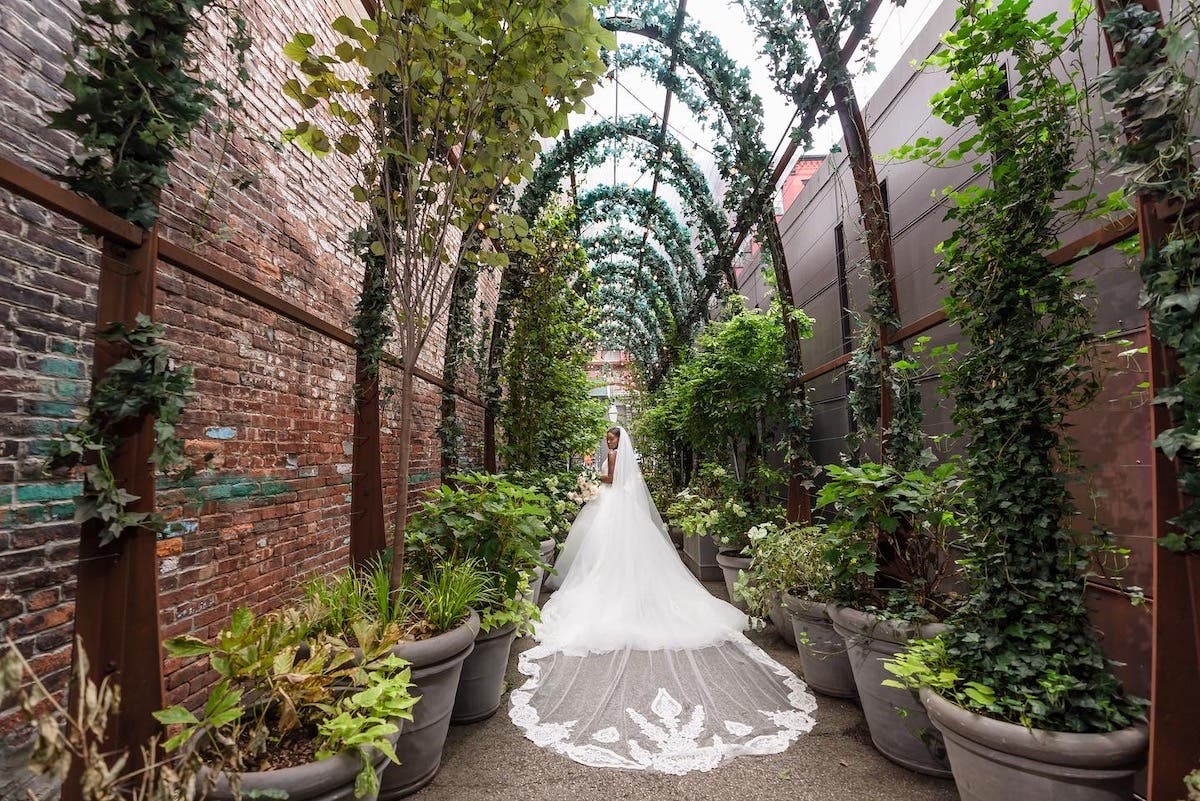
A non-shooting photographer’s assistant is exposed to the flow of the wedding day, the troubleshooting, the technique, and the soft skills needed to be a great wedding photographer without the pressure of being on the hook for any deliverables. Assisting is the perfect way to absorb information while working and gaining experience.
Posing Your Subject(s)
Lighting plays an important role in wedding storytelling. Lighting has the power to transform a space, pull the viewer’s eye, and evoke emotion. I love the challenge of finding light and pushing myself to use that light creatively. My aim and thought process with lighting is to create an image that preserves the ambient light, colors, and textures of the setting.
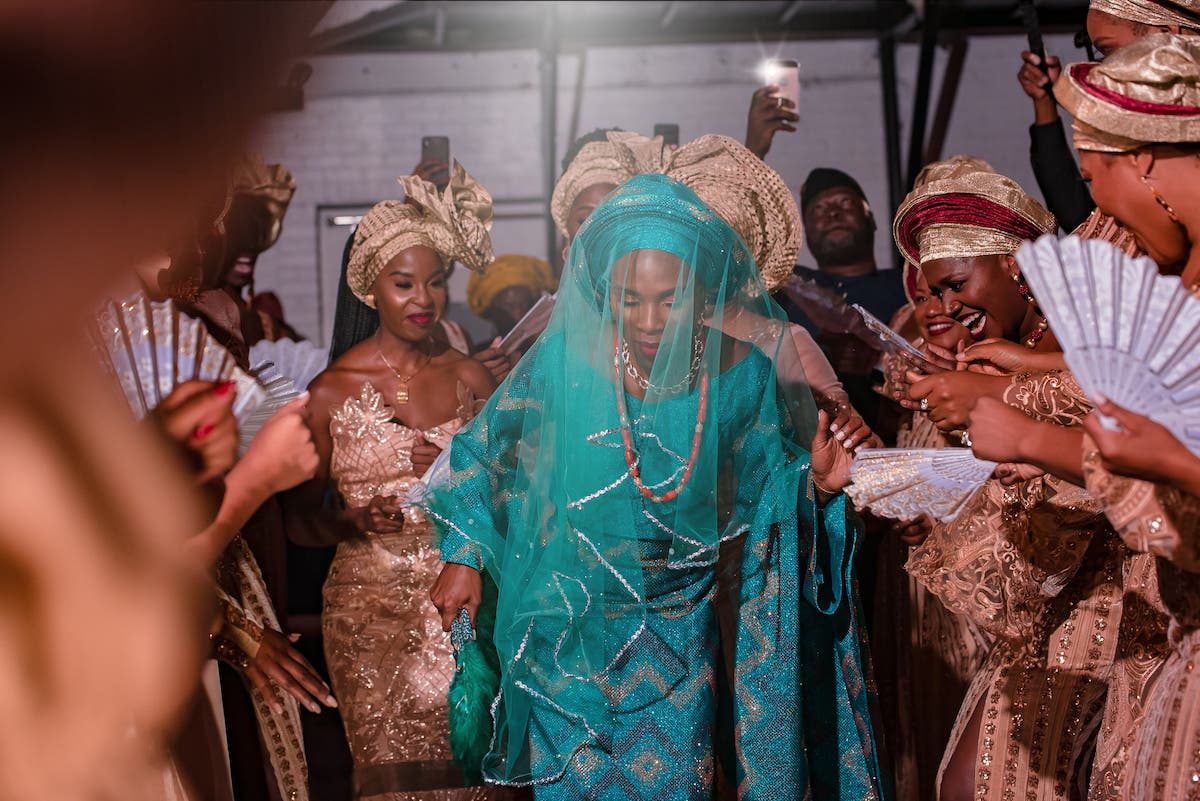
When I use found light — like a window, patch of sunlight, or ambient light from a lighting fixture — controlling the direction and quality of the light is important. I shape and diffuse found light by using modifiers like a bounce or reflector to redirect the light.
Posing and positioning my subject so that the light falls on them in a desired way is another great way to control found light. Although working with found light is fun, creating light using off-camera lighting and modifiers opens many more options and possibilities.

Tips for Lighting a Wedding Scene
Be Lightweight But Be Prepared
I work with compact systems that have easy to no setup required. Generally, this is all I need for the bulk of the wedding. I rely heavily on simple one and two-light setups that are often a mix of on-camera and off-camera handheld by an assistant. Although I take a minimalist approach to carrying gear around on the wedding day, I still have my 7-foot umbrellas and 12-foot lightstands within reach. We typically keep backup gear in one place just in case it is a necessity.
Practice the Skill of Observation
You should learn to see light through observation. Maintain an open mind about what type and quality of light that should be used for wedding photography.
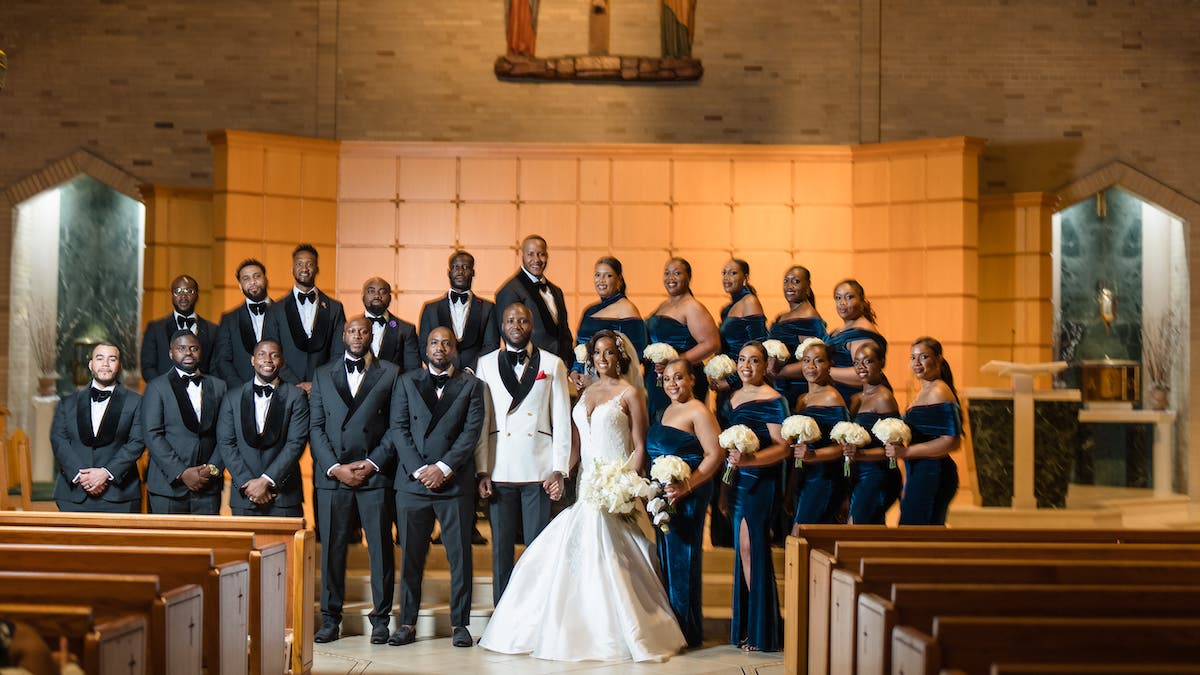
Take Your Flash off Camera
The ability to place your lighting setup anywhere in the venue gives you more control over the mood and look of the work you create. Play with your light being closer and farther away from your subject.
Take a Conservative Approach to Flash Power
Very rarely do we need full power to light the scene. Start with the lowest GN and dial up from there as needed to create controlled and accurate lighting. Spend time testing with different modifiers to gain a better understanding of when you might want to use a softbox, grid, or barn door. I use portable softboxes for getting ready and formal portraits. I use smaller modifiers, like grids, to achieve a dramatic portrait.
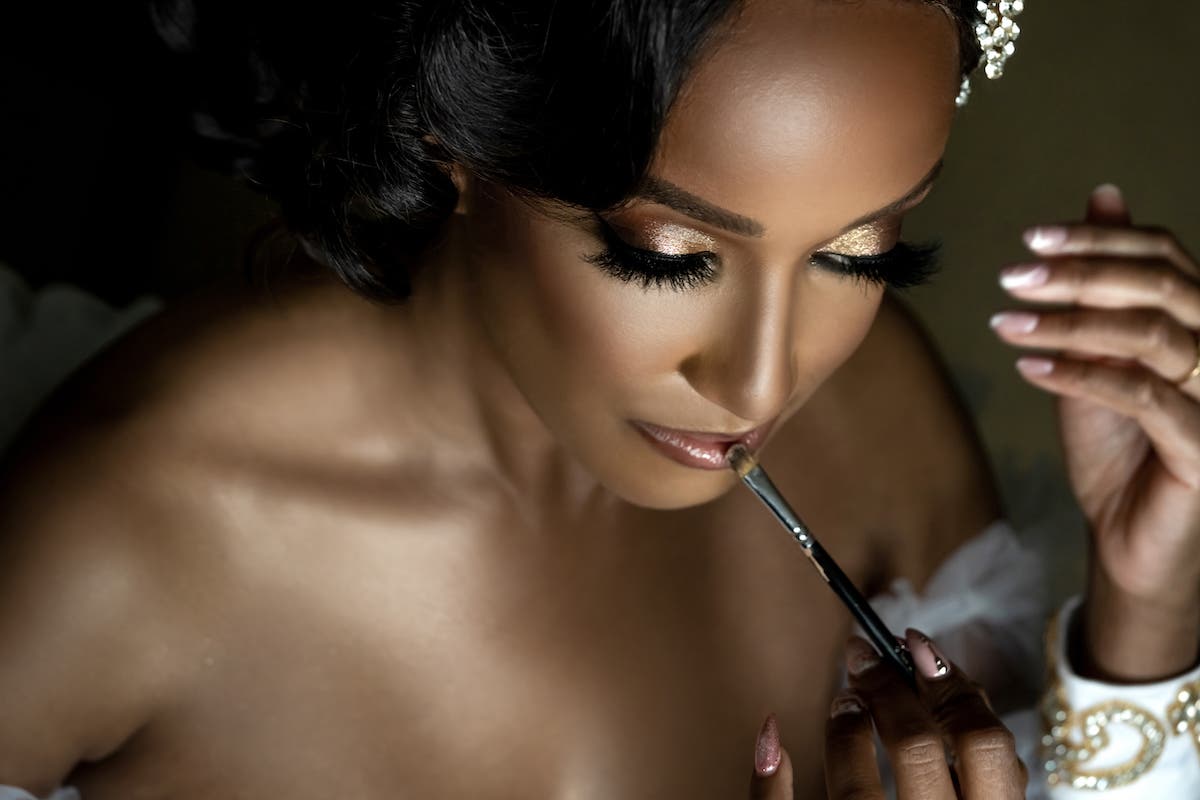
Gear for Lighting in Wedding Photography
With the fast pace of the wedding day, it’s important to have gear that keeps up with the day. Here is a view of some of the lighting gear that can be found in my bag:
Sony Alpha 1 Mirrorless Digital Camera
The Sony A1 mirrorless is my go-to for weddings because of its fast, intelligent autofocus system, low light performance and exceptional image quality.
Sony FE 50mm f/1.2 G Master Lens
If I had to photograph a wedding with just one lens, it would be the Sony 50mm 1.2 G Master. This is one of my favorite lenses to pair with the A1 because it is fast, sharp, with beautiful bokeh.
Acebil mp-E180 4-Section Heavy Duty Aluminum Monopod
Using a monopod (handheld by a lighting assistant) allows me to quickly move and adjust the position of my light. This monopod allows us to maneuver the lighting setup with precise positioning. This monopod has the capacity to hold the weight of small and medium strobes with the softbox.
Avenger 12.7 feet Maxi Kit Lightstand, Black Aluminum
When you encounter a venue with dark walls and 30-foot vaulted ceilings, you quickly learn the value of having two to four of these light stands within arm’s reach. Weddings have layers of activity unfolding at the same time; and with that high activity comes a risk of accidental equipment damage. I love this lightstand because of durability and portability.
Profoto A10 On and Off Camera Flash for Sony Camera
A flash that can be used on or off camera is an essential lighting tool for wedding photography. Fast, consistent performance and durability are important features of a flash because of the pace of the wedding day.
Profoto 31.49″ / 80cm Medium Collapsible Reflector, White/Silver
Profoto Clic Octa Softbox
When working outdoors, these are my go-to modifiers for soft diffused, flattering light. When it comes to portrait lighting on the go, this softbox is a game changer. Lightweight and ready to use right out of the box, this softbox allow you to bring the studio photography look on location.
Editing Light in Wedding Photography
Editing is an important final step in the creative process for weddings. Wedding edits are a part of the recipe for a photographer’s art. They serve both a practical and artistic role in finalizing an image. With the fast pace of the wedding, photographers are sometimes faced with making a choice between getting it right in camera and missing the moment. When the bride and her grandma suddenly break into a dance battle in the hallway, you may not have time to place your lighting in the exact position needed. Sometimes you just have to get the shot or you’ll miss the moment.
I use Lightroom to correct flaws that result from choosing to get the shot over missing the moment. The masking tools in Lightroom allow me to change the direction of light, remove hotspots and correct other flaws in execution. When I have a creative idea or a project that requires more comprehensive editing tools, I use Photoshop. Photoshop allows me to create and fine tune without limits.
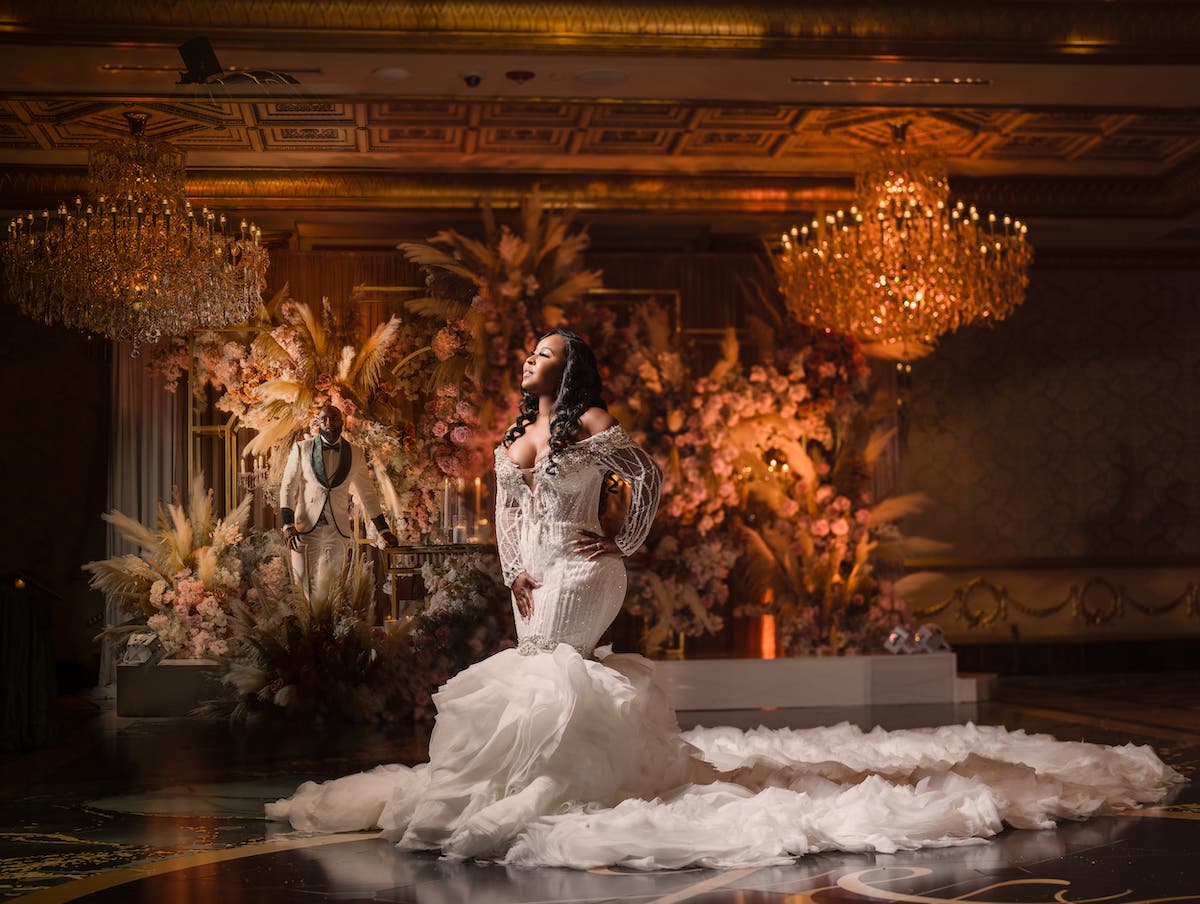
With the conditions of the work environment being varied and unpredictable, wedding photographers are uniquely positioned to gain an exceptional level of lighting knowledge and skill. Taking time to learn, practice, and experiment will strengthen your lighting skill, elevate your work, and push your creativity to higher heights.
